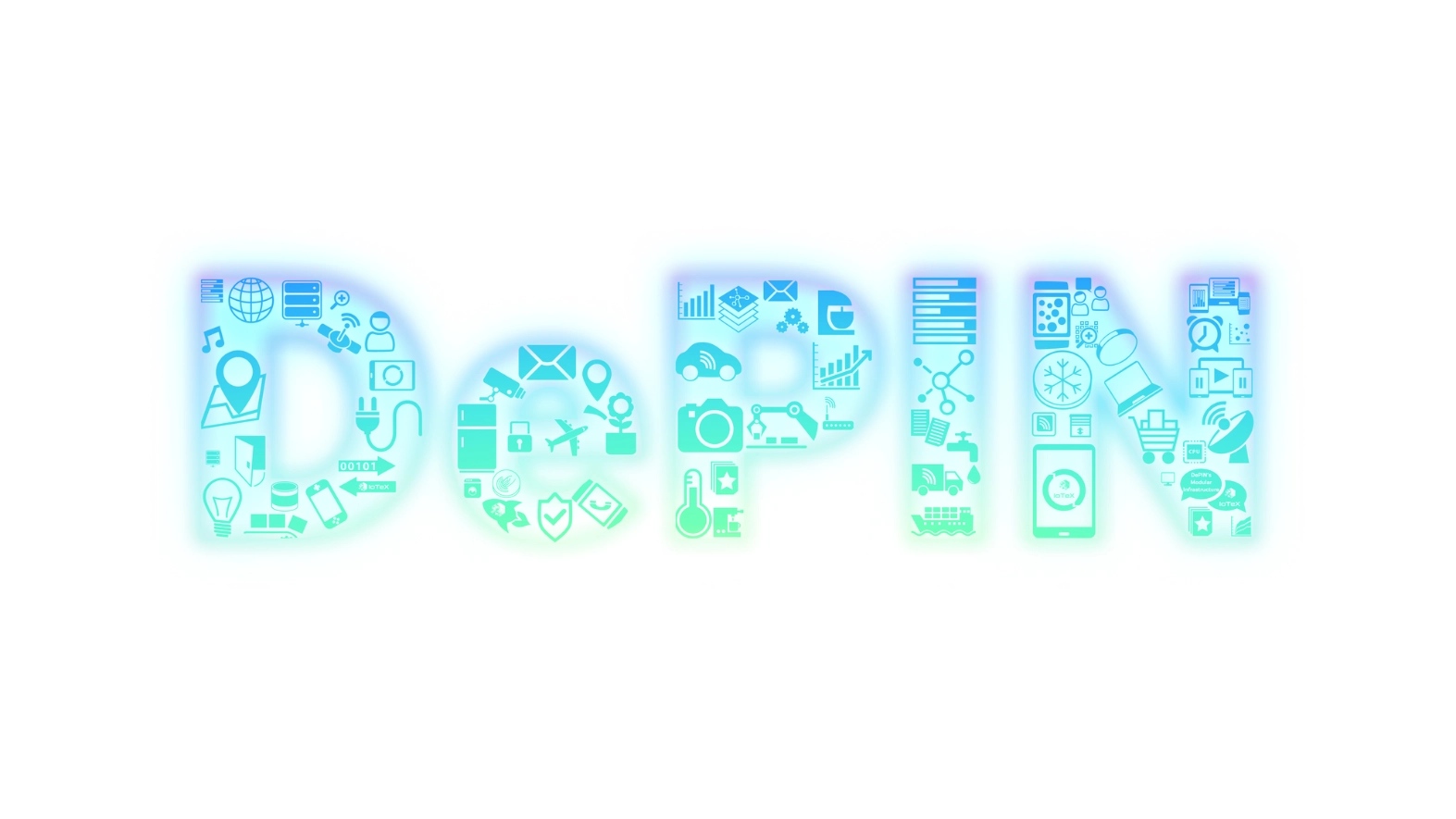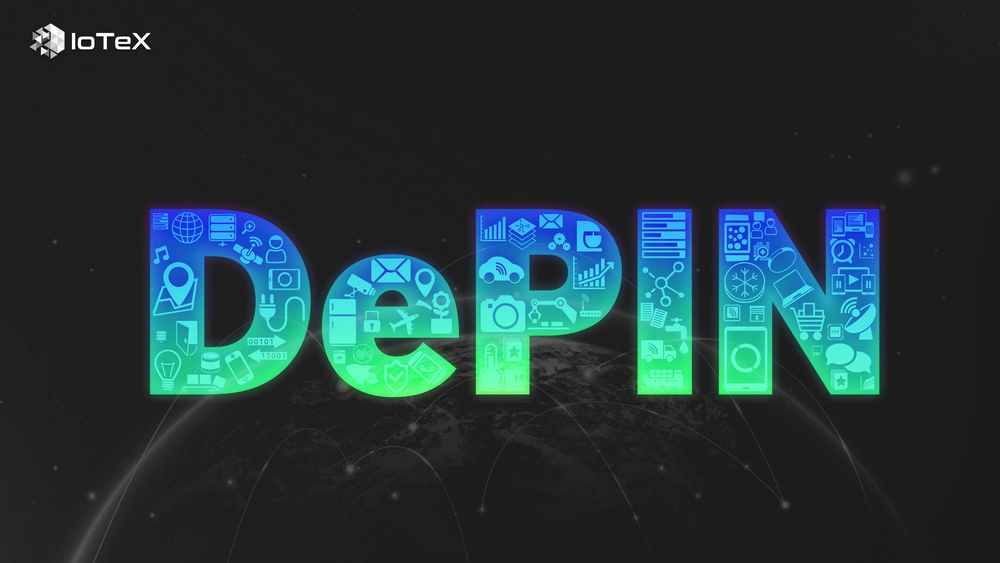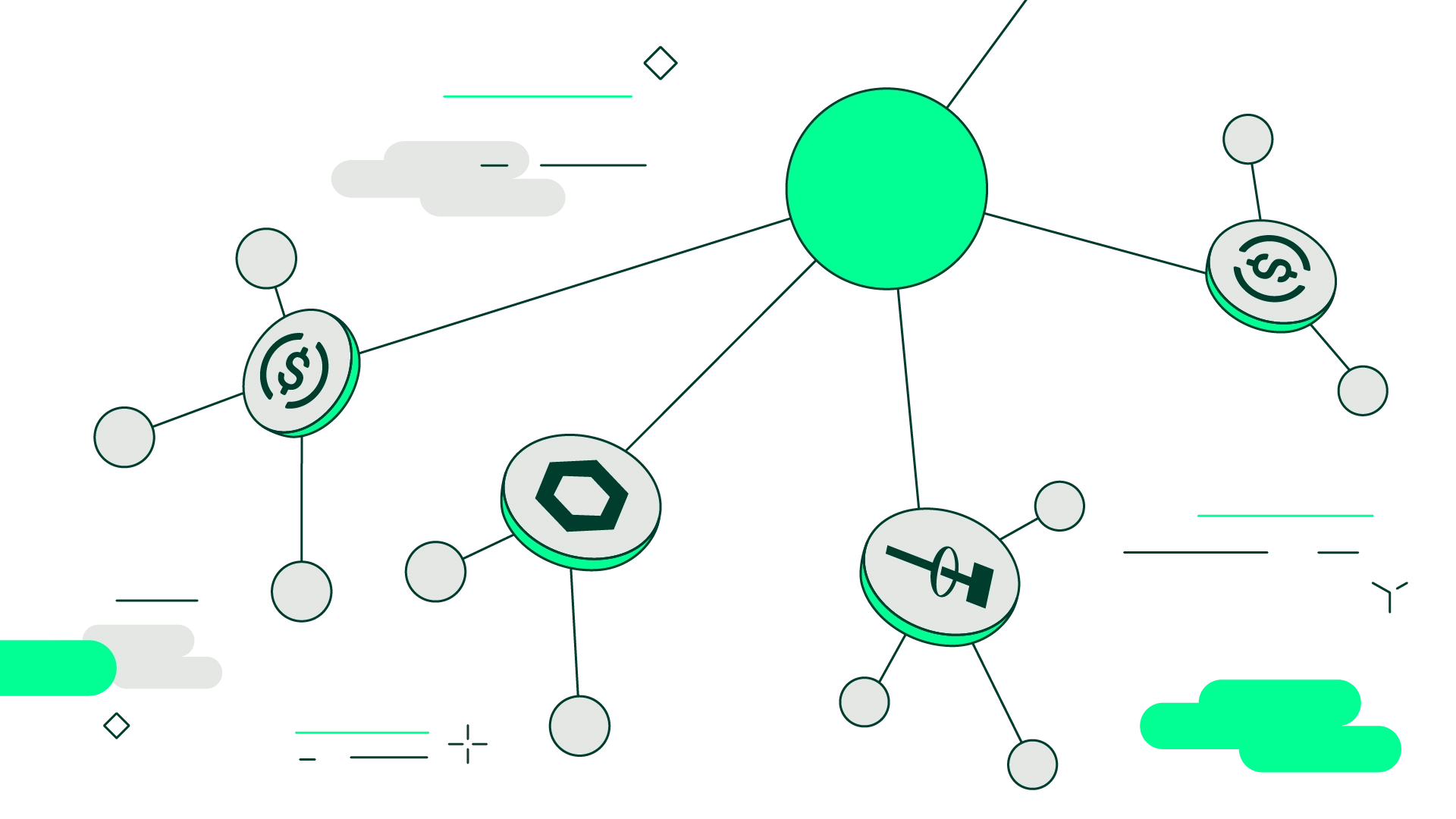What is DePIN?
DePIN (Decentralized Physical Infrastructure Network) refers to projects that build blockchain networks, acting as intermediaries connecting infrastructure providers such as vehicles, VPNs, bandwidth, and customers in need.
Similar to Uber’s operating model, where drivers provide transportation and Uber connects them with customers needing rides, in this system, drivers receive rewards for transporting customers, and Uber takes a transaction fee.
While DePIN operates similarly to traditional systems, the core difference is the use of blockchain technology. This ensures that transactions between providers and customers are transparent and free from third-party oversight, unlike traditional models where transactions must comply with platform regulations.
DePIN project infrastructure is divided into two main types:
- Physical Resource Networks (PRNs): These DePIN projects provide infrastructure related to hardware, such as Hotspots for WiFi, 5G, or Drive services providing vehicles, taxis.
- Digital Resource Networks (DRNs): These DePIN projects provide infrastructure related to data, such as bandwidth, storage (Data storage), VPN, etc.
DePIN not only brings transparency in transactions but also minimizes third-party intervention, creating an efficient and reliable infrastructure distribution system.
How Does DePIN Work?
DePIN is based on the fundamental idea of the Internet of Things (IoT), using blockchain and cryptocurrency to enable people worldwide to build, maintain, and operate physical networks without needing any third party. For effective operation, DePIN typically requires four basic components:
- Physical Infrastructure: DePIN requires physical infrastructure to operate, which can range from mobile networks, hotspots, and wireless routers to servers for cloud networks.
- Off-chain Computing Infrastructure: DePIN relies on intermediary computing software to connect the physical world and blockchain. User activities in the real world are recorded, and the fees they pay are distributed to hardware providers. This data can also be aggregated for other blockchain use cases.
- Token Incentives: Participants building DePIN are incentivized through token rewards, motivating them to contribute and build the network before the project can generate sustainable revenue from user demand.
- End Users: After the network is established, end users can start paying to use DePIN services in the real world.
DePIN not only brings transparency and efficiency in managing infrastructure but also encourages global community participation, opening up new possibilities for connecting and utilizing physical resources in a decentralized and autonomous manner.
Advantages of DePIN
The future of DePIN promises significant developments in both physical infrastructure and blockchain technology. With the rapid growth of smart devices and dApps, DePIN has the potential to grow larger and become more widespread.
Here are some advantages of DePIN compared to traditional physical infrastructure:
- Decentralization: One of the main advantages of DePIN is moving from a centralized to a decentralized model, completely eliminating dependence on a single entity or large corporation to establish and maintain infrastructure.
- Sharing Economy Model: DePIN applies the principle of sharing. The costs and responsibilities of establishing and maintaining infrastructure are distributed among participants (service providers), creating a fair and cost-effective environment.
- Affordable Prices: Users of services provided by DePIN can enjoy lower costs than traditional models because no intermediary entity controls the prices.
- No Need for Permissions: Anyone can contribute their resources to DePIN. On the user side, anyone can use DePIN services as long as they pay the fees.
- Market Innovation Expansion: By removing market entry barriers related to traditional infrastructure, DePIN promotes competition in markets previously dominated by large enterprises.
- Promoting Cryptocurrency Adoption: The model of incentivizing contributors with cryptocurrency rewards is also an effective way to promote widespread cryptocurrency adoption in the real world.
Challenges for DePIN
Despite the immense potential, DePIN faces significant challenges, which is why, although it has been around for a while, this trend has yet to develop robustly and dramatically.
Some key issues DePIN is encountering include:
- Unattractive Incentive Model: Rewarding participants with tokens is currently not appealing enough, not matching the effort they put in. Future DePIN projects need to calculate and build more attractive incentive models to attract more participants.
- Infrastructure Deployment and Maintenance Time: Deploying infrastructure and maintaining operations in the early stages requires a lot of time. During this period, projects often find it challenging to make a profit, affecting contributors’ commitment to the project.
- Competition with Web2 Giants: DePIN will have to compete with current Web2 giants like Google, Amazon, etc. This requires significant effort from projects in building and developing infrastructure to attract users.
Top 5 Notable DePIN Projects in 2024
- Filecoin (FIL): A blockchain designed for decentralized data storage. Users pay to store their files, and storage providers receive FIL rewards. Filecoin has raised over $200 million from notable funds such as Pantera Capital and Blockchain Capital.
- Render Network (RNDR): A GPU network built on Ethereum, providing cloud rendering services to users. Render Network has raised $30 million from major investors like Multicoin Capital and Solana Ventures.
- Storj (STORJ): A decentralized cloud storage service that allows users to upload and store files on the blockchain. Storj has raised $35 million from GV (Google Ventures) and Techstars.
- Theta Network (THETA): A decentralized network based on blockchain technology. Integrating with existing streaming platforms, Theta Network creates a more decentralized content distribution method, focusing more benefits on users and content creators. Theta has raised over $120 million from Blockchain Capital and Samsung NEXT.
- IoTeX (IOTX): Designed to be a decentralized network using blockchain technology to solve IoT industry problems like low scalability and lack of interest. IoTeX has raised nearly $70 million from Hashkey Capital and Amber Group.
Related: What is IoTeX? Information about IOTX Coin
Where to Buy DePIN Project Tokens?
The tokens of the five projects introduced are listed on major exchanges such as Binance and OKX.
CREATE A FREE BINANCE ACCOUNT HERE!!!
The Future of DePIN
The development of the DePIN domain has brought significant benefits, such as improving resource utilization efficiency, reducing costs, and creating transparency in the market. However, this trend also faces technical challenges, incentive contributions, competition, and strict regulatory compliance.
With technological advancements and increasing awareness in the market, these innovations are expected to address current limitations and revolutionize data storage/distribution and computing. This makes DePIN potentially a crucial infrastructure supporting the digital economy, bringing real value to society, businesses, and individuals.
DePIN applications are diverse, from wireless networks, geolocation, energy to healthcare. With DePIN, people can engage in activities and still receive rewards. This is not only a short-term growth trend but also promotes long-term mass adoption of cryptocurrencies.
Conclusion
DePIN is an exciting field, offering a new way to build and operate infrastructure in the real world fairly, efficiently, and beneficially for all participants. With the advancement of traditional physical infrastructure and blockchain technology, we will witness the emergence of new use cases, and DePIN will play an increasingly important role in developing our real world.
I hope this information helps you understand DePIN and its potential. Good luck with your research and investment!












Great